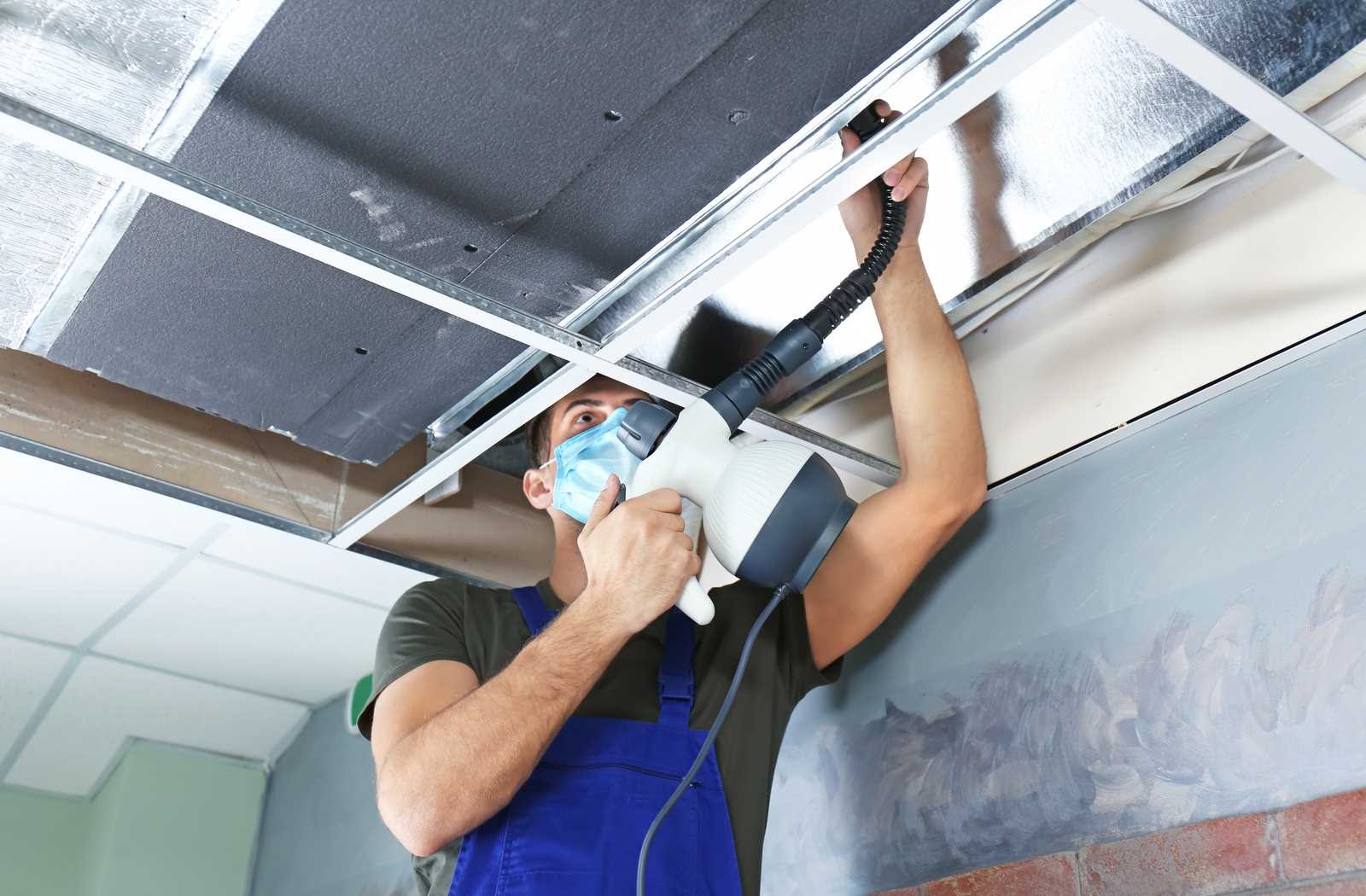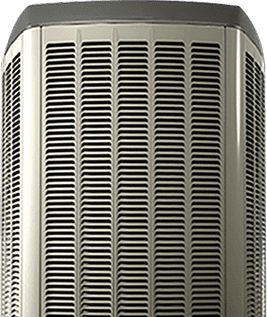10 Ways to Improve Indoor Air Quality

10 Ways to Improve Indoor Air Quality
Your home, where you live, work, sleep, and where you raise children, has to be safe. It’s why you buy appliances designed for safety. But all sorts of indoor contaminants still infiltrate your home in various ways.
These contaminants are always headed for your HVAC system, where they can do further damage to the blower fan. To keep your home safe and the air circulation clean has been a part of our mission in the 40 years we’ve been in service to the Niagara region and St. Catharines.
We’ve gathered 10 ways you can shoot for optimal air quality. If some of them won’t work for your home, you should do your best to implement the ones you can work with.
Limit Contaminant Sources
There are 3 general methods for getting the best air quality you can in your home. The first is to limit the sources of these contaminants. The others are intaking fresh air, and purifying air.
There’s quite a long list of contaminants too small to see. Still, many belong to a list of the usual suspects, including industrial activity, construction, outdoor dirt, insects, microbes, combustion (cigarettes, firepits, fireplaces, burning cooking oil, natural gas), and pets shedding fur or skin.
If you don’t do any woodwork or metalwork, don’t smoke, have fires indoors, or keep pets (although maybe the last one is not worth it) — there will be a lot less to contend with.
Spray fragrances for removing odours come with a lot of chemicals, so you should consider more natural sources. If you boil and simmer spices like cinnamon, cloves, or citrus fruits, pleasant aromas can safely waft through your home without the synthetic chemicals.
Don’t Open Your Windows Much
When your home’s air is a closed system, you can control the types of contaminants you take in. Air coming in could carry foreign particles from your neighbours, who might be doing woodwork, metalwork, painting, construction, backyard fires, or gardening with the use of chemicals.
The air in St. Catharines and the Niagara region is quite humid, averaging 71% annually. That humidity is enough to encourage mold spores to take root and grow since they only need a base like your ductwork or inside your drywall and about 50% humidity to flourish. If you only open your windows when outdoor humidity is low in warm and sunny weather, you can keep it below 50%.
Eliminate Radon Exposure
Radon is a naturally occurring radioactive gas that can catch households unaware. Usually, it’s found in old houses or apartment buildings because it sits in deposits underground.
These deposits might leak up into an older home because radon testing only became common for housing development in the past few decades. It’s been linked to lung cancer. If your home hasn’t been built recently, you might want to get radon testing done on your mission for optimal air quality.
Get an Ozone Treatment for Your House
In case there’s been a lot of indoor smoking either by your household or the previous one. Cigarette smoke down to the microscopic level gets lodged in the walls, floors, window sills, and ceilings.
An ozone treatment involves evacuating the house for a while, pumping it full of ozone, and letting the ozone out after it’s worked on the cigarette smoke clinging to your home’s interior. Professional work is a must because ozone itself is not healthy for your lungs, so the house has to air out sufficiently.
Get a UV Air Purifier
UV air purifiers are an awesome solution for the biological contaminants making their way into your home.
These air purifiers harness ultraviolet light to damage the DNA of mold, fungi, bacteria, and even tiny viruses before reaching the HVAC system’s main blower fan. With the help of a UV chamber, the air coming through the registers comes free of microbes. This technology reliably works in hospitals to assure sterile air circulation. Now it makes a great addition to residential HVAC systems as well.

Get a Duct Cleaning
Dust, pests, mold, and fungi all get caught in the ductwork, possibly moving in when the furnace isn’t running. If someone in your household suddenly develops issues with their lungs, you should consult your doctor.
But the doctor may ask about your home’s indoor air quality, so check for signs that you need a professional duct cleaning. If you remove the grating on your ducting register (where the HVAC system’s air blows into a room), you can check for signs of excessive dust and visible mold. If mold has been growing in your ductwork for some time, a duct cleaning is the only way.
Consult a Mold Removal Specialist
Really, mold can grow anywhere in your home, not just your ductwork. If you had a duct cleaning to remove mold from your home, you should consider hiring a specialist to scan the rest of your house.
If you have time, check around the windows, where your home is most humid, due to condensation in cold weather. To prepare for a professional mold cleaning, look for black or white spots and clean them with a soap and water-soaked washcloth. Let the mold professional know where you found growth spots.
Get Furnace Maintenance
Besides prolonging the useful life of your entire HVAC system, furnace maintenance is essential for air quality. Most of the homes Mr. Furnace professionals see when we’re serving our Niagara and St. Catharines neighbours is a gas furnace.
When natural gas burns it releases dangerous carbon monoxide gas, which your exhaust vent carries away safely. Professional furnace maintenance done by Mr. Furnace experts includes a safety inspection of this exhaust vent. Other natural gas appliances in your home need professional inspection as well.
Change your Furnace Filter Often
Your furnace, or more generally, your HVAC system, all depends on proper filtration. For decent air quality in your home, the air coming out of the ducting’s supply registers should be cleaner than the air heading into the intake.
Otherwise, your furnace’s blower fan gets clogged with contaminants, your home’s air quality degrades, and the furnace’s lifespan shortens, possibly requiring repairs.
A furnace filter is a replaceable supply that arrests these contaminants. Filter replacement is designed to be done easily by professionals and non-professionals alike.
Depending on the filter’s size and filtration quality and whether you have respiratory issues, indoor smoking, painting, construction, or pets — you should change this filter every 1-3 months.
Consider Upgrading to a HEPA Air Filter
A HEPA filter is a furnace filter that tackles the smallest contaminant particles with some of the highest efficiency you can get. Standard filters struggle with filtering particles smaller than 0.4 microns in diameter, but HEPA filters do so between 85% and 99.999% efficiency.
HEPA filters take home HVAC filtration to the next level, but they’re more costly than conventional ones, and there are different standards by region.
Your Home’s Air Quality
This list of things to do is not exhaustive; different experts will have different ideas, but the most effective ones come up repeatedly, from various sources.
Not opening your windows much will give you a lot more control on what contaminants are in your home. Still, you can and should open windows to air out contaminants you can smell, taste, touch, see, or hear.
Maintenance keeps dangerous gases coming from appliances in check. Humidity levels keep mold from growing, and furnace filters provide a chosen level of air quality. You can keep a pet, but change your filter more often! Your lungs and your furnace will thank you!
